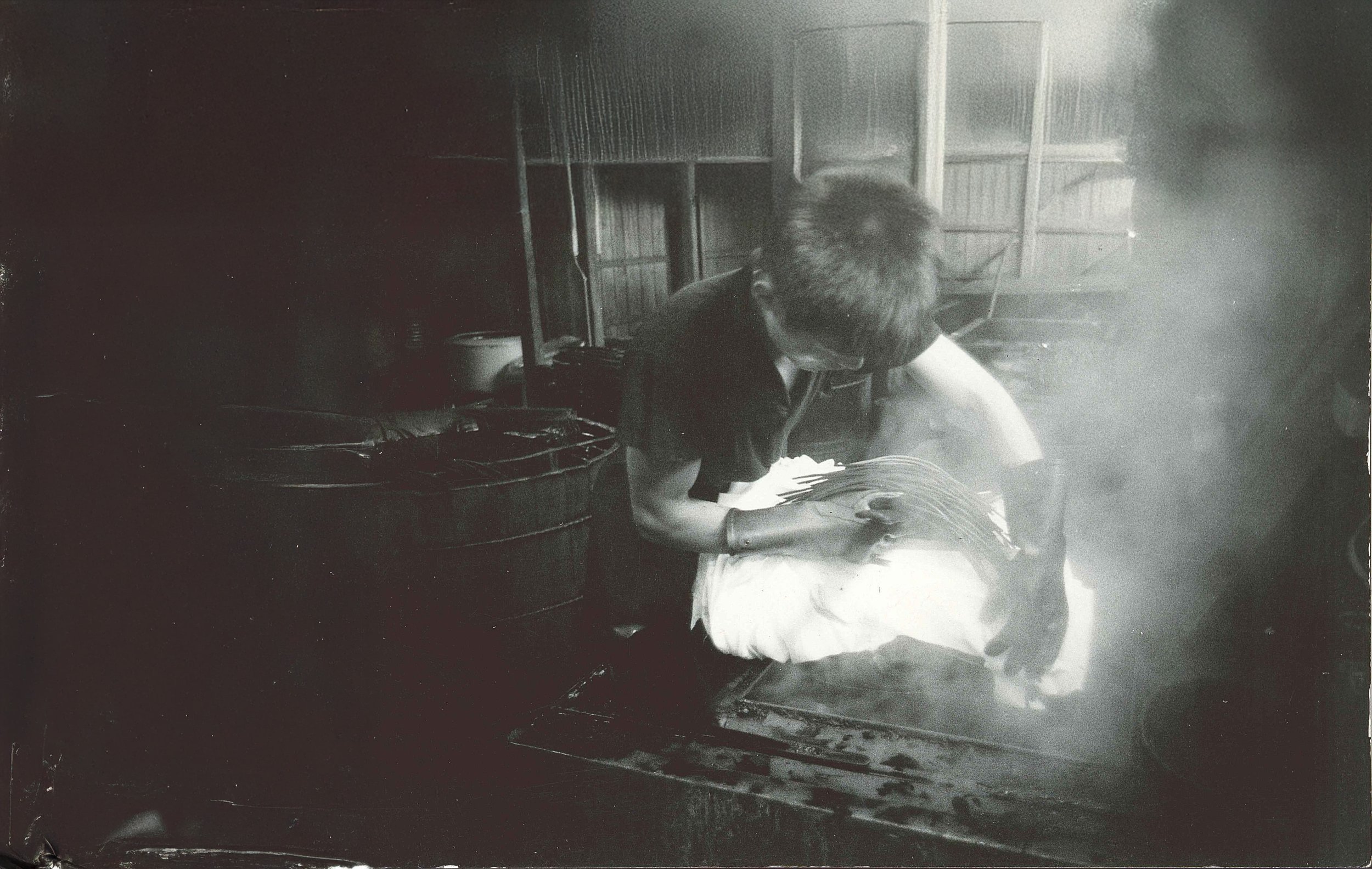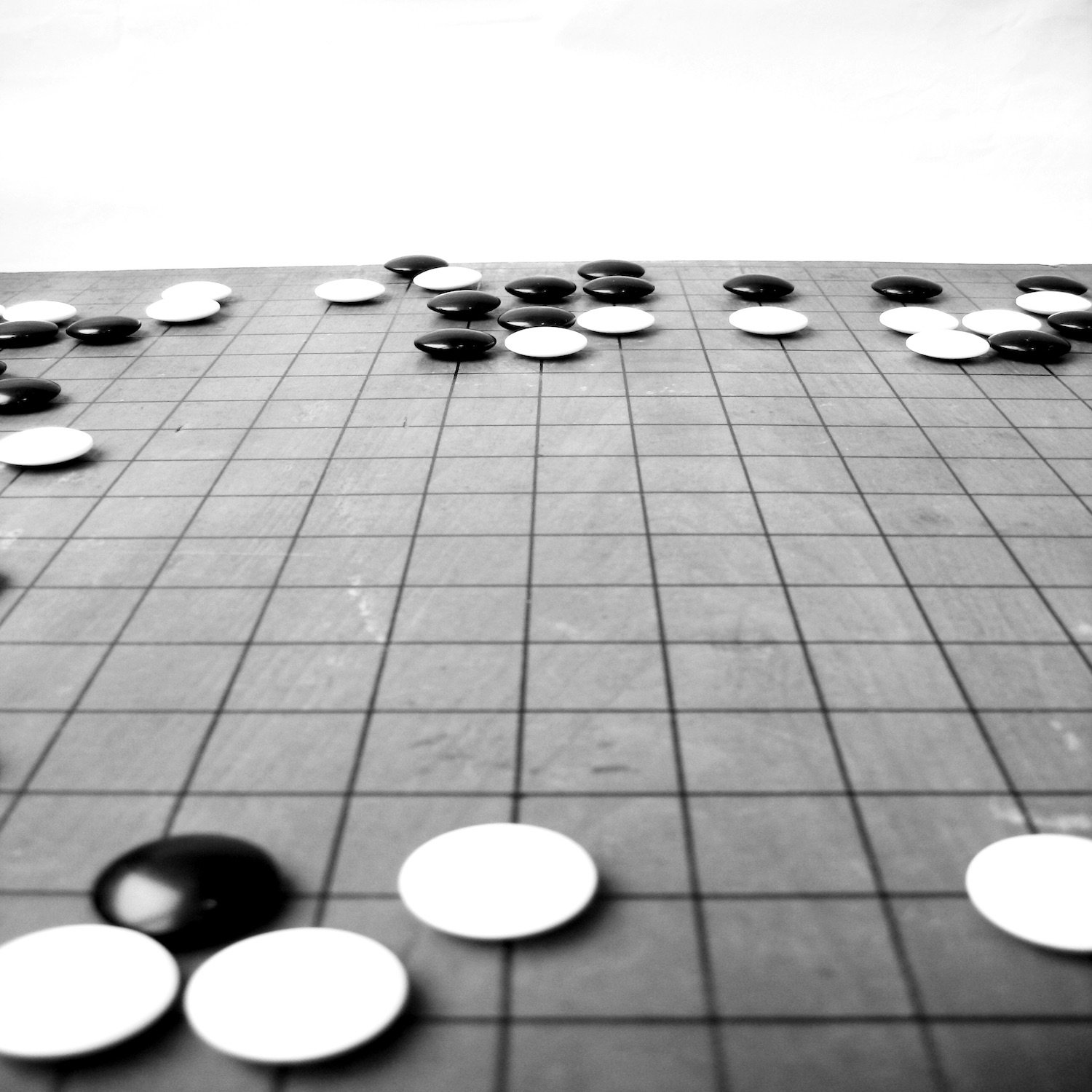
Kurozome
Black Over-dye
Service
Kurozome is a traditional Japanese black dyeing technique that breathes new life into worn, stained, or faded clothing.
Kyoto Montuki has spent 100 years perfecting the art of dyeing traditional Japanese formal wear called "kuro-montsuki" (black family crests), and now offers this sustainable service to individual customers as both a way to preserve traditional craftsmanship and reduce textile waste.
Restoring Black,
Reviving Garments,
Preserving Tradition
Kyoto Montsuki developed a special black dye that achieves a deep, saturated tone with exceptional resistance to fading. This process restores garments to a rich, uniform black while helping extend their life — combining thoughtful renewal with lasting color and sustainability

The Process
Drop off your garment at CIBONE O’TE.
At this time, we only accept in-person drop off at Cibone O’te (July 18th - July 27th). For more information, please visit our pop-up page.
Shipement to Kyoto, Japan
Once the garment is collected, it will be sent to Kyoto Montsuki for Kurozome black overdyeing.
Final Shipment to Customer
After the garment is successfully dyed, we will ship the finished product directly to you. The lead time for Kurozome overdyeing is 2 months.
Price List
All Shipping Cost is Included
Material & Important Notes
Please read carefully before bringing your garments.
-
[Dyeable Materials]
Cotton, Linen
Rayon, Cupro, Tencel, Lyocell
Texture changes and wrinkles due to shrinkage may become noticeable.Blends of natural fibers and synthetic fibers (50% or less synthetic content)
If even 1% synthetic fiber is included, the original color may remain after dyeing, resulting in a mixed shade of black and the original color. Uneven color may also appear in some areas.Garments with unknown fabric composition
Dyeing can be done with the understanding that the garment may not turn fully black.
[Non-Dyeable Materials]
Silk
We cannot accept garments that contain silk due to the nature of the fabric.Wool, Cashmere, Mohair
We cannot accept garments that contain those materials due to the nature of the fabric.Garments with more than 50% synthetic fibers
Includes polyester, polyurethane, acrylic, nylon, and similar materials.Fur, shoes, neckties, and down (padded) items
Not accepted.Leather items
May shrink or harden, causing damage. Items with non-removable leather parts (such as bags or caps) are not accepted. If some leather parts are removable, please contact us in advance.Acetate, Triacetate
These materials shrink drastically and become unwearable. Even if only 1% is present, we cannot accept the item for dyeing.
[Accessories]
Buttons may discolor, crack, or occasionally break during dyeing. If you are concerned, we recommend choosing the optional button removal and reattachment service.
Non-removable tack buttons, fly buttons, and metal parts may become scratched, discolored, or break in rare cases.
Patches, beads, or glued decorations may peel off.
-
Sewing thread, embroidery thread, and buttonhole stitching often use polyester, which does not absorb dye. For example, white polyester thread will remain visible against the newly dyed black fabric.
Metallic threads (gold/silver) may break or discolor during the process.
-
Vintage garments or those with fading or wear may not dye evenly. Areas with heavy wear may remain lighter or even tear during the process.
Distressed garments or those with raw hems may become more frayed or damaged. In extreme cases, they may no longer be wearable.
Garments with special finishes (e.g., water-repellent, oiled, wrinkle-resistant) may not take dye well or may not dye black at all.
Stiff or canvas fabrics may retain deep creases or develop white scuffing on the folds. They are harder to dye evenly and may show patchiness.
Residue such as invisible oils, stains, or particles may prevent dye from adhering evenly.
-
Garments labeled “dry clean only” may shrink. Wool, cashmere, and mohair are especially prone to shrinking. In some cases, shrinkage may be severe enough to make the garment unwearable.
-
Items with linings, shoulder pads, or internal structures (like caps or hats with interlining) are highly likely to lose their shape and may not be wearable after dyeing. Please contact us in advance if you are unsure.
